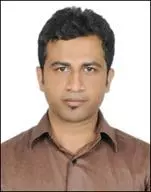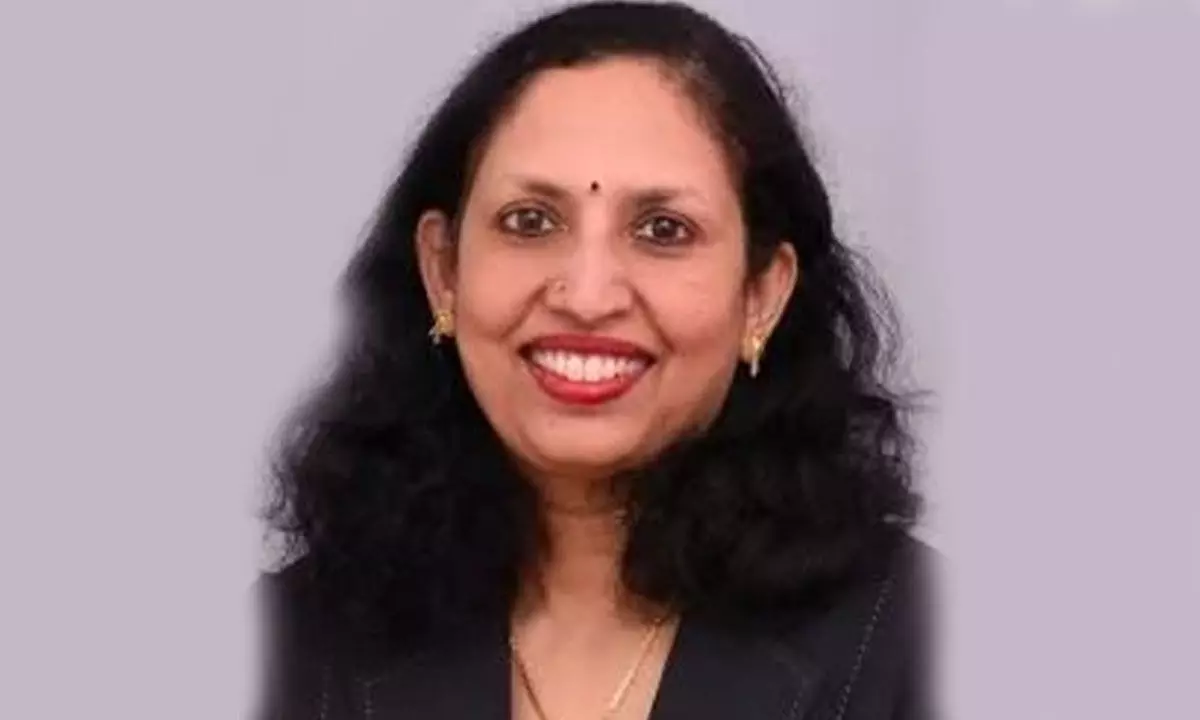Live
- Wipro appoints Omkar Nisal as CEO, Europe Strategic Market Unit
- UN chief warns of ongoing landmine threat as some parties renew use of anti-personnel mines
- Maruti Suzuki India’s cumulative exports of cars touch 3 million units
- Allu Arjun, Sreeleelaset the floor on firewith ‘Kissik’
- Tawi Riverfront project will expand Jammu division's tourism: J&K L-G
- Tamil Nadu Assembly session to begin on December 9
- Kerala CM Pinarayi Vijayan is a chameleon: LoP Satheesan
- ‘Vere Level Office’ trailer showcases a unique office sitcom
- Vivek-Mervin to make Tollywood debut with ‘RaPo22’
- Telangana Rejects Adani Foundation’s Rs.100 Crore CSR Grant for Young India Skills University
Just In
Child safety is a new Public Health Emergency, says study


Child safety is a new Public Health Emergency, says study
Every day around the world the lives of more than 2000 families are torn apart by the loss of a child to an unintentional injury or so-called “accident” that could have been prevented and treated early by trained personnel.
Bengaluru: Every day around the world the lives of more than 2000 families are torn apart by the loss of a child to an unintentional injury or so-called "accident" that could have been prevented and treated early by trained personnel.
The grief that these families suffer – mothers, fathers, siblings, grandparents and friends – is immeasurable and often impacts entire communities. Such tragedy can change lives irrevocably.
Unintentional injuries are also a major cause of disabilities, which can have a long-lasting impact on all facets of children's lives: relationships, learning and play. Children live in a world designed for adults, and because their body contours and behavior are different, they are more prone to injury.
Children's curiosity and drive to explore their world are not matched by the capacity to understand danger.
With breakdown of joint family structures and distracted parenting because of digital invasion – there is no one to eyeball children in their formative years of growth and exploration.
On occasion of World Trauma Day, Children' Emergency, ICU and Trauma specialists bring to fore the new Public Health Problem to fore. Unintentional Injuries are the 4th largest cause of death in normal children today.
Experts from St John's Medical College, Aster RV Hospital and Aster CMI Hospital, Rainbow children Hospital (Marathalli), Bangalore Baptist Hospital, Sparsh Hospital (Yeshwantpur) from Bangalore and Apollo children's Hospital, SRMC, SIMS (Vadapalani), KKTCH and ICH from Chennai were part of the study. The study spanning over 2 years with data collection from July 2020 to September 2022 showed nearly 260 critically injured children were admitted to the paediatric intensive care during this time in 10 centres that participated in the study.
The key findings of the TRIP study are 45% of them were under the 5 years age group, followed by 20% in 5-10 years. 70% of the injured kids were males. Road Traffic accidents and falls from height >10ft top the list of critical head injuries. Spillage of hot liquids and electricity burns common in critical burns admissions. Majority 64% were brought by ambulance to the trauma centre, but a significant number arrived in their own vehicles or autos without medical supervision
Over 10% of critically injured children died during hospitalisation. Interventions such as the need for Oxygenation (16%) and intubation and ventilation (17%) on arrival and a further 20% requiring immediate airway and breathing stabilisation in ER following arrival were noted.
As 28% of critically injured children required blood product transfusion of which 7 children (2.6%) had massive transfusions for life-threatening bleeding. Traumatic brain injuries were observed in 70% of cases of which 25% were of severe grade and 13 % of such children required emergency neurosurgery.
Stressing the need to make optimum use of the golden hour, Lead of Paediatrics and Paediatric Intensive care at Aster RV Hospital, Bengaluru, and the primary investigator of the TRIP study, Dr Sujatha Thyagarajan said, "Injuries in children can be of variable severity, minor to life-threatening requiring specialist trauma services and intensive care services. Children have poor reserves to cope with severe injuries and hence children need to be managed in the right place at the right time to provide good outcomes. There is a concept of golden hour and platinum minutes to save a life in trauma.
However, the majority of the time, an injured child is taken to the nearest medical facility which may even be a clinic with the capacity for only First-aid care to multiple hospital facilities that lack paediatric trauma expertise. This can lead to severe time traps, especially to a critically injured child leading to devastating outcomes."
"Child safety is a priority especially at home to prevent falls from heights and accidental hot-liquid spillage or electrical burns in children," quoted Dr. Lalitha AV, Professor and HOD of PICU at St John's Hospital, Bengaluru and the Co-primary Investigator for TRIP study.

© 2024 Hyderabad Media House Limited/The Hans India. All rights reserved. Powered by hocalwire.com






